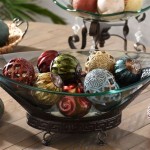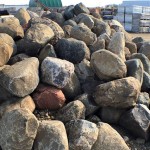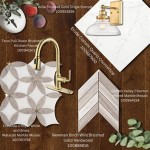Decorating Icing Recipe for Cookies
Decorating cookies with icing is a beloved tradition, whether for holidays, special occasions, or everyday enjoyment. A properly made icing should be easy to work with, hold its shape, and provide a vibrant canvas for creative designs. This article will cover the fundamentals of creating a versatile and delicious decorating icing for cookies.
Key Ingredient: Meringue Powder
The foundation of a stable and reliable decorating icing is meringue powder. This ingredient, a mixture of dried egg whites, sugar, and stabilizers, offers several advantages. It eliminates the risks associated with using raw egg whites, provides a consistent texture, and contributes to a smooth, glossy finish. Meringue powder icing also dries hard, making it ideal for stacking or packaging decorated cookies.
When selecting meringue powder, opt for a high-quality product specifically designed for icing. Check the expiration date to ensure freshness and optimal performance. Different brands may have slight variations in consistency; therefore, it is beneficial to stick with a brand that yields desirable results.
Mastering the Royal Icing Consistency
Royal icing, the cornerstone of cookie decorating, is known for its versatility. By adjusting the water content, the icing can achieve several consistencies, each suited for a specific purpose. Understanding these consistencies is crucial for achieving professional-looking results.
Stiff consistency: This icing is thick and holds its shape well. It is ideal for creating intricate details, borders, and structural elements like flowers or lettering that need to maintain their form.
Medium consistency: Slightly thinner than stiff icing, medium consistency is suitable for flooding larger areas of the cookie, creating backgrounds, and adding details that require a softer flow.
Flood consistency: This thin, pourable icing is perfect for filling in outlined areas. It levels out smoothly, creating a uniform surface for further decoration.
Achieving the correct consistency requires careful addition of water. Start with a small amount and add more gradually, mixing thoroughly until the desired consistency is reached. A good practice is to test the icing on a spare cookie before decorating the main batch.
Coloring and Flavoring
Once the base royal icing is prepared, the creative possibilities expand with the addition of colors and flavors. Gel food coloring is recommended for achieving vibrant hues without significantly altering the icing's consistency. Liquid food coloring can also be used, but it may require adjusting the icing's thickness by adding more powdered sugar.
Flavoring options are equally diverse. Extracts like vanilla, almond, lemon, and peppermint are popular choices. Remember that adding liquids can affect the icing consistency, so adjust accordingly. Other flavoring options include citrus zests, cocoa powder, and even spices like cinnamon or nutmeg. Experimenting with different combinations can elevate the cookies from visually appealing to deliciously memorable.
Proper Storage and Usage Techniques
Proper storage is vital for maintaining the icing's quality and preventing it from drying out. Store unused icing in an airtight container at room temperature. If using multiple colors, cover each bowl individually with plastic wrap pressed directly onto the surface of the icing to prevent a crust from forming.
When decorating, use piping bags fitted with various tips to achieve different designs. Practice piping techniques on parchment paper to develop control and precision. Keep a damp cloth handy to wipe away excess icing or clean piping tips. Allow decorated cookies to dry completely before stacking or packaging to prevent smudging or sticking.
Troubleshooting Common Icing Issues
Occasionally, icing can present challenges. If the icing is too thick, add water a drop at a time until the desired consistency is reached. If the icing is too thin, gradually incorporate more powdered sugar. Air bubbles can be removed by gently tapping the bowl on the counter or stirring carefully with a toothpick. If the icing becomes crusty, a small amount of water can be mixed in to restore its smoothness.
By understanding the properties of meringue powder, mastering the various consistencies, and employing proper techniques, anyone can create beautifully decorated cookies. With practice and experimentation, the possibilities for creative expression through cookie decorating are endless.

Cookie Frosting

Royal Icing For Cookie Decorating

Easy Sugar Cookie Icing Live Well Bake Often

Easy Royal Icing Recipe With Meringue Powder That Actually Tastes Good

Sugar Cookie Frosting

Easy Royal Icing Recipe

Easy Cookie Icing Recipe How To Make

Best Glaze Icing

Royal Icing

Sugar Cookie Icing Great For Decorating Spend With Pennies








